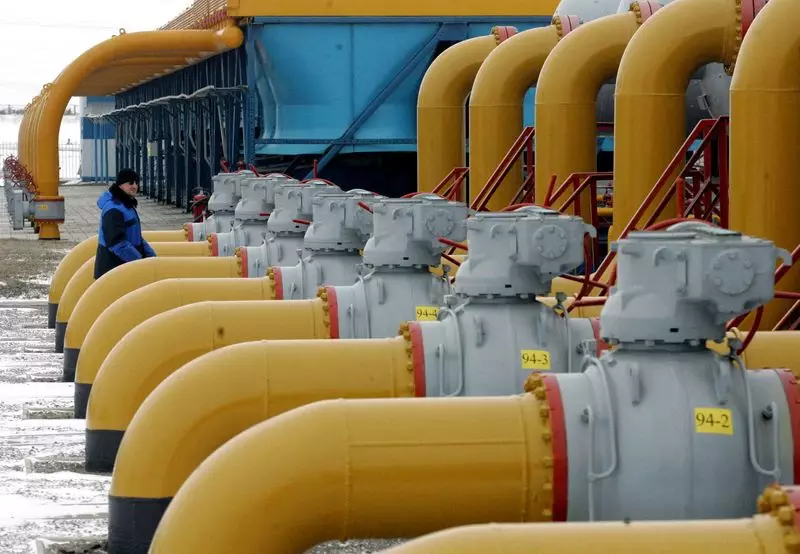The recent cessation of Russian natural gas exports through Ukrainian pipelines marks a significant turning point in the energy landscape of Europe. This moment not only highlights the geopolitical tensions between Russia and Ukraine but also signals a formidable shift in Europe’s energy strategy, particularly in light of the ongoing conflict that has persisted since early 2022.
The halt in gas transit came into effect on New Year’s Day, coinciding with the expiration of a crucial five-year transit agreement between Moscow and Kyiv. The breakdown in negotiations for an extension amidst the backdrop of war has solidified Ukraine’s resolve to terminate Russian gas transit, asserting its national security interests. Ukraine’s Energy Minister, German Galushchenko, dubbed this event a “historic” milestone and proclaimed that Russia is not only losing its gas markets but will also face notable economic repercussions. For Ukraine, which ceased importing Russian gas back in 2015, this marks a definitive step in disentangling from Russian energy dependence.
Financially, the ramifications of this halt are stark. Ukraine stands to lose approximately $800 million annually in transit fees, while Gazprom, Russia’s state-controlled gas monopoly, anticipates a loss of nearly $5 billion in sales due to this disruption. The impact extends beyond just these two nations; as countries reliant on these gas supplies scramble for alternatives, the broader European Union faced the daunting task of reconfiguring its energy sources in the wake of escalated hostilities. Moldova, in particular, stands out as one of the nations most adversely affected, projecting a required reduction of its gas consumption by a third.
The cessation of gas flows has prompted a more robust European response aimed at minimizing dependency on Russian energy sources. Since the conflict escalated, EU nations have actively pursued alternative suppliers to diversify their energy procurement. The TurkStream pipeline, which carries gas across the Black Sea, remains operational, supplying the Turkish market and some Central European nations. However, the volumes transmitted through TurkStream cannot begin to compensate for the significant reduction in Russian gas previously conveyed through Ukraine.
Historically, Russian gas comprised a substantial portion of Europe’s energy supply. At its height, Gazprom’s pipelines facilitated the transmission of 201 billion cubic meters (bcm) of gas to Europe in 2018. However, the ongoing conflict has crippled this arrangement, as alternative routes, such as the Yamal-Europe pipeline and the Nord Stream routes, have faced shutdowns or disruptions. In recent years, gas exports through Ukraine alone dwindled sharply from 65 bcm at the start of the previous five-year contract to only around 15 bcm in 2023.
The cessation of Russian gas transit through Ukraine marks not merely a logistical or economic event but a pivotal moment in the ongoing geopolitical struggle. As nations begin to forge new paths towards energy independence amid the evolving landscape, the repercussions of such decisions will resonate for years to come. While Gazprom may endeavor to retain a foothold in European markets, the strategic and security-driven decisions by countries like Ukraine signal a broader commitment to reshaping energy dependencies. The current state of affairs opens the floor to various new alliances and energy solutions, much needed in a world increasingly wary of relying on a singular supplier. The attempt to reestablish a stable energy balance will undoubtedly prove challenging, yet the impetus for change is unmistakably clear.

